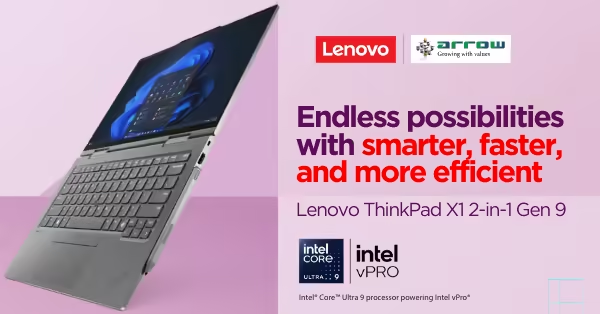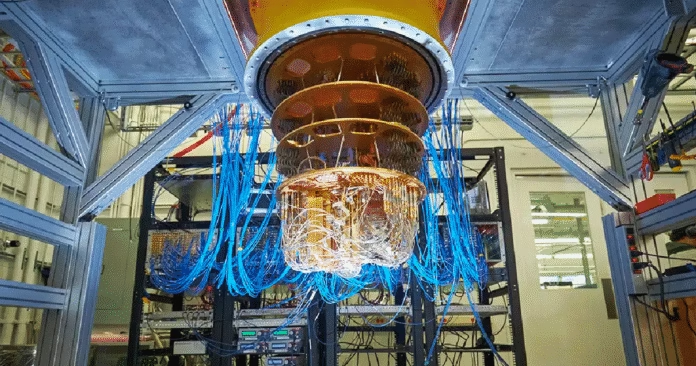The Rules Just Changed And So Did the Timeline
If you’ve been sleeping peacefully under the comfort blanket of RSA encryption, it might be time to rethink your bedtime routine. New research suggests that quantum computers could crack this foundational encryption method with just one million qubits—a number that, until recently, was considered science fiction. Now? It’s a moving target that’s coming into focus far faster than expected.
Let me put this in perspective: Just five years ago, breaking RSA-2048 was estimated to require 20 million qubits and about eight hours of processing time. Today, a refined method cuts that requirement down to under a million qubits and a runtime of less than a week. That’s a 20x improvement in efficiency—achieved not by discovering some hidden backdoor, but by optimizing known methods with smarter implementation and deeper computer simulations.
This is no longer a “what if.” It’s a “when.”
Shor’s Algorithm Gets Sharper And More Dangerous
It all goes back to Shor’s algorithm, the now-famous quantum method developed in 1994 that theoretically allows a quantum computer to factor large numbers at lightning speed. That’s the core weakness in RSA: what’s hard for classical computers becomes trivial for a capable quantum system.
Craig Gidney, a leading voice at Google’s Quantum AI team, had already projected in 2019 that 20 million qubits could shatter RSA in just eight hours. Fast forward to now, and his refined approach slashes that down to 1 million qubits—with a modest trade-off in time.
How did he get there? Not by reinventing the wheel, but by sweeping up six years of progress across quantum circuit design, error correction techniques, and efficiencies in quantum compilation. It’s what you might call a “greatest hits” approach to quantum optimization.
But that doesn’t mean the threat is fully imminent. Today’s best quantum computers hover just above 1,000 qubits—far from the million needed. Still, as any IT strategist will tell you, it’s never the hardware that’s the surprise. It’s the curve of progress.
From Theory to Enterprise Risk: What Businesses Need to Know
For IT professionals like those at Arrow PC Network, these developments aren’t just interesting—they’re actionable.
Enterprises across sectors are now being urged to prepare for a post-quantum future. That means rethinking everything from secure data storage to key exchange protocols. IT Services by Arrow PC Network are already incorporating quantum-safe practices into infrastructure planning, recognizing that resilience isn’t a feature—it’s a necessity.
The National Institute of Standards and Technology (NIST) has already rolled out draft standards for post-quantum encryption. Organizations that are still relying solely on RSA or ECC are, frankly, behind the curve.
Arrow PC Network’s teams have begun guiding clients through the shift—whether that means integrating hybrid cryptographic models, auditing legacy systems, or updating backup protocols to resist future quantum decryption attempts.
A Question of Time And Timing
Let’s be clear: we’re not there yet. Gidney’s refined algorithm, while powerful, still depends on a machine with a million high-fidelity qubits. According to Peter Leek at Oxford, that’s still a “formidable scale,” but not unreachable. Especially if ongoing work in new particle physics and error correction brings further efficiency gains.
Leek, a respected name in quantum research, adds that error-corrected systems with fewer physical qubits could eventually match what today’s simulations require in bulk. So, the theoretical million-qubit mark might shrink further—perhaps by a factor of four or five. That’s not science fiction. That’s engineering.
As Aleks Kissinger, also at Oxford, put it: “There’s a whole parameter space to explore.” In practical terms, that means we may soon see systems that can make do with less memory, more time—or vice versa—just like how we manage constraints in traditional computing.
So, What Should You Do Now?
If your business relies on secure communication, now is the time to ask hard questions.
Are your systems prepared for the shift to quantum-resilient encryption?
Have your vendors initiated quantum-safe migrations?
Do you have a roadmap for upgrading infrastructure without service disruption?
This is where IT partnerships matter more than ever. Arrow PC Network isn’t just reacting to headlines—they’re helping clients future-proof against them. Their IT services don’t just patch problems; they anticipate them, leveraging real-time computer simulations and AI-driven risk modeling to stay ahead.
Because here’s the truth: the future doesn’t arrive all at once—it creeps in. Quietly. Suddenly. Then all at once.
Thoughts…
The age of quantum disruption isn’t a matter of if, but when. And while encryption isn’t dead yet, it’s certainly been put on notice.
Now’s the time to upgrade your defenses—not after the breach, but before the breakthrough.
Arrow PC Network is already ahead of the curve. The only question left is: are you?



